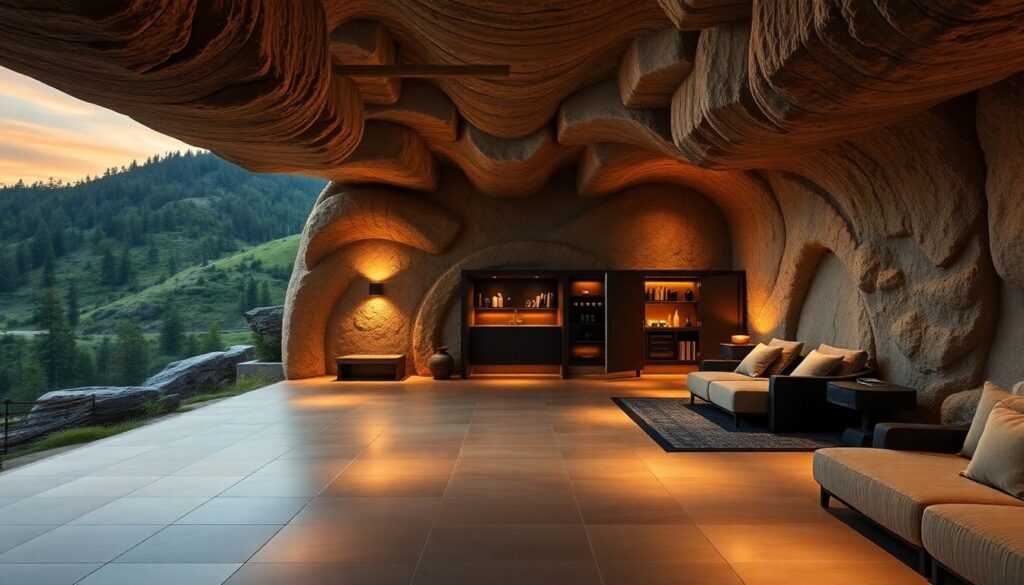Welcome to our in-depth exploration of the rising trend in nuclear bunker sales. As global concerns about catastrophic events escalate, more people are turning to survival shelters as a means of protection. Join us as we delve into the history, current market trends, and the debates surrounding this intriguing phenomenon.
A Deep Dive into the Growing Market for Survival Shelters
Imagine a sprawling, lush valley, untouched by the hands of time, where the air is crisp and the silence is only interrupted by the gentle rustling of leaves. Nestled discreetly within this serene landscape lies a marvel of modern engineering: a nuclear bunker that redefines the concept of safety and comfort. This isn’t your Cold War-era fallout shelter; it’s a luxurious sanctuary that blends state-of-the-art technology with opulent amenities.
Picture this: a sprawling underground residence, complete with cinema rooms, gyms, and even swimming pools, all encased within walls designed to withstand the unimaginable. The bunker’s interiors are a symphony of elegance and functionality, with plush furnishings, smart home systems, and bespoke finishes that rival any high-end penthouse. Yet, it’s the knowledge that you’re enveloped in an impenetrable fortress, safe from any potential catastrophe, that adds an incomparable layer of tranquility.
Above ground, the scene is no less idyllic. The bunker’s entrance is cleverly concealed within a charming cabin or a picturesque landscape feature, ensuring that the natural beauty of the surroundings remains unspoiled. Here, the breeze carries the scent of pine and wildflowers, and the nights are blanketed with stars. It’s a stark contrast to the bunker’s high-tech interior, but it’s this blend of rustic tranquility and modern security that makes this shelter a haven in every sense of the word.
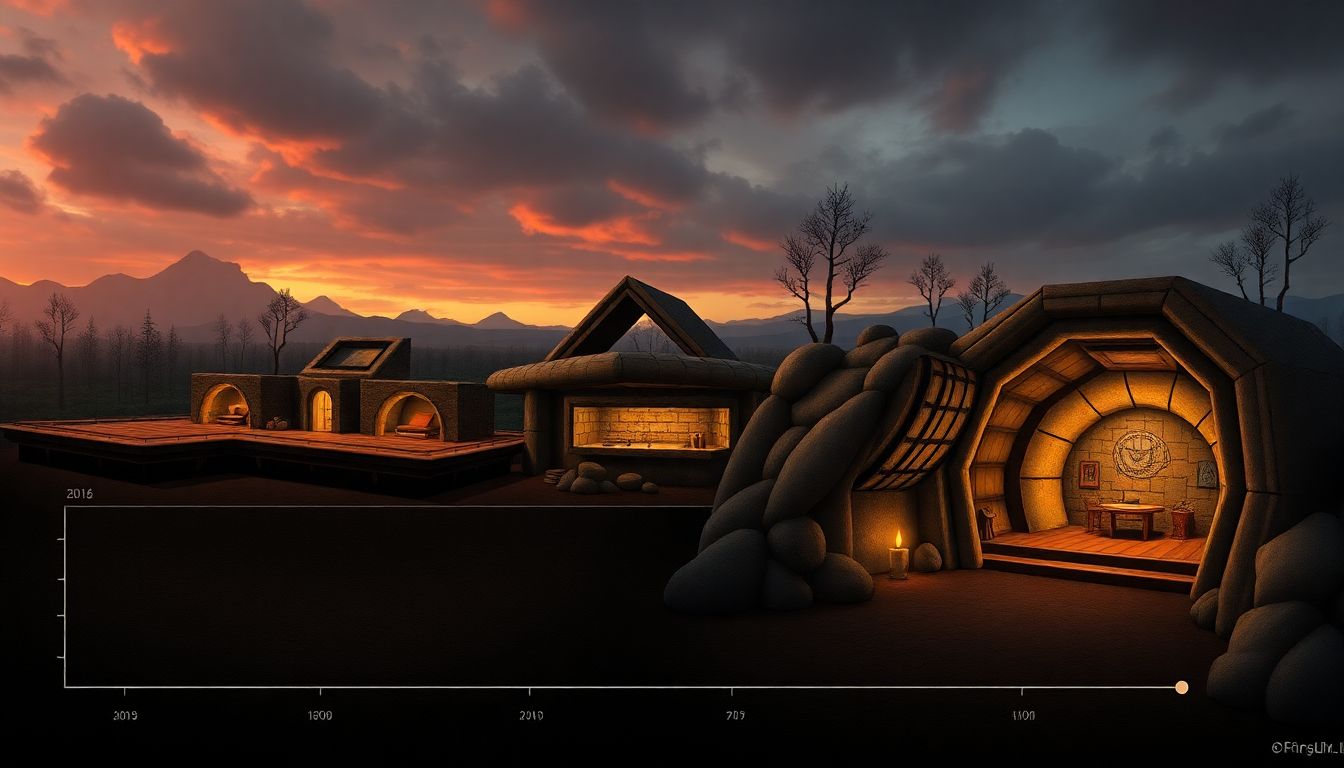
The Historical Context of Bunkers
The origins of bunkers are deeply rooted in military history, with their widespread use becoming most notable during World War II. These reinforced underground structures were primarily designed to protect military personnel and crucial resources from aerial bombardments. The most iconic examples include the Führerbunker in Berlin, which served as Adolf Hitler’s air-raid shelter, and the vast network of underground bunkers built by the British, such as the Cabinet War Rooms. These subterranean fortresses were not just places of refuge; they were equipped with advanced communications technology and mapping facilities, enabling strategic planning and coordination.
As World War II drew to a close, the onset of the Cold War era brought about a new purpose for bunkers. The looming threat of nuclear warfare led to the construction of more sophisticated and robust structures designed to withstand nuclear blasts and fallout. Governments on both sides of the Iron Curtain invested heavily in these defensive measures. Notable examples include the Greenbrier Bunker in West Virginia, a secret fallout shelter disguised as a luxurious resort, and the Cheyenne Mountain Complex in Colorado, which housed the North American Aerospace Defense Command (NORAD). These bunkers symbolized the era’s paranoia and preparedness, ready to safeguard the political and military elite in case of a catastrophic event.
With the fall of the Berlin Wall and the dissolution of the Soviet Union, the immediate threat of nuclear annihilation seemed to dissipate, and the need for bunkers waned. However, the September 11th attacks in 2001 reignited interest in personal and national security. The unpredictable nature of modern threats, ranging from terrorism to natural disasters, led to a resurgence in bunker construction and design. This new era of bunkers, however, catered not just to governments but also to wealthy individuals seeking peace of mind in an uncertain world.
Modern, luxurious bunkers have since become a burgeoning industry, with companies offering high-end, custom-built sanctuaries equipped with state-of-the-art technology and opulent amenities. These contemporary bunkers are a far cry from their military predecessors, featuring:
- Blast-proof doors and advanced air filtration systems
- Self-sustaining power sources and hydroponic gardens
- Entertainment centers, swimming pools, and even luxury spas
Designed to provide comfort and security, these lavish bunkers are a testament to how the concept of protection has evolved, merging military-grade safety with residential indulgence.
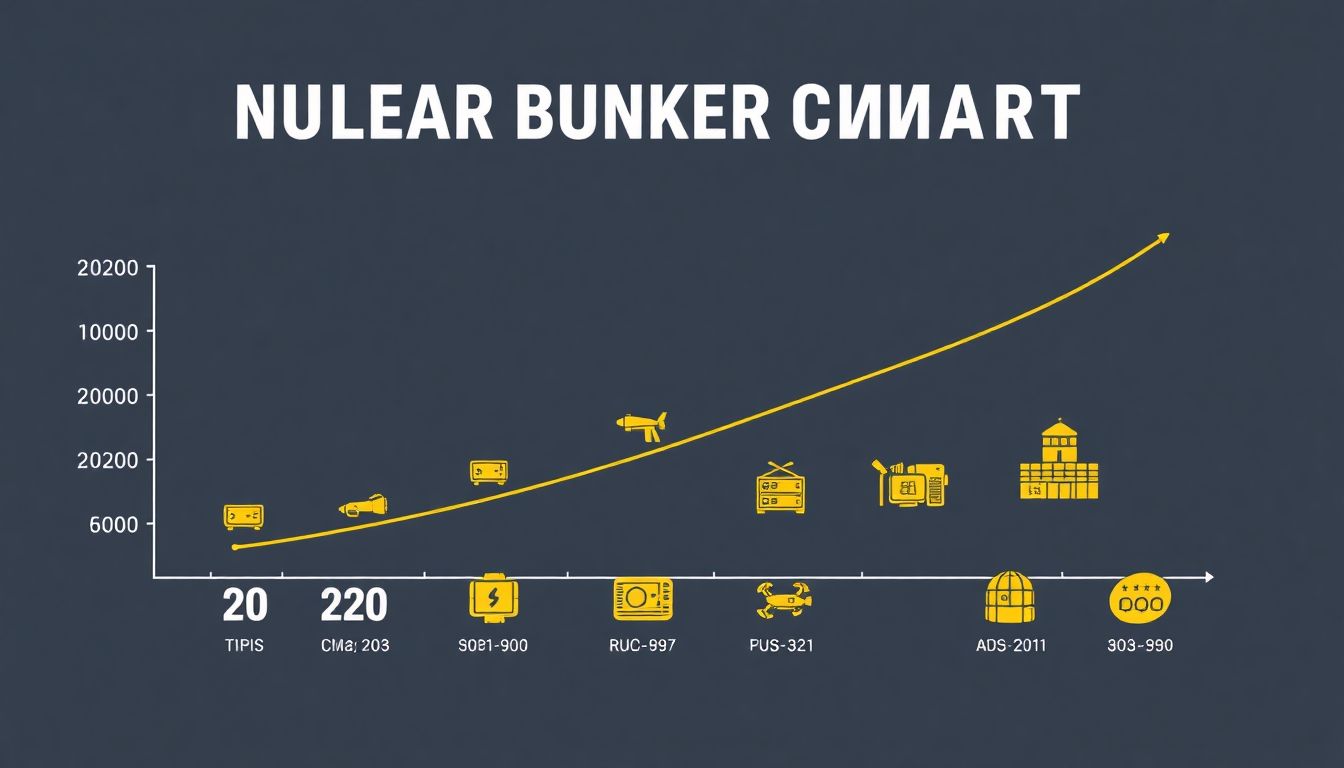
Market Trends and Growth
In recent years, the market for nuclear bunkers has seen a remarkable surge, driven by a mix of factors including global political tensions, natural disasters, and even pandemics. This trend is not just a passing fad; it’s a growing industry that’s capturing the attention of the affluent. According to several reports, sales of high-end bunkers have skyrocketed, with some companies experiencing increases of up to 400% compared to pre-2016 levels.
Wealthy individuals are at the forefront of this trend, investing in state-of-the-art bunkers equipped with luxury amenities. These are not your typical Cold War-era shelters; they’re lavish underground residences outfitted with swimming pools, gyms, theaters, and even greenhouses. Some even come with customized NBC (Nuclear, Biological, Chemical) air filtration systems and advanced security features.
Several notable figures are rumored to have invested in these high-end survival shelters. Here are a few names that might surprise you:
- Bill Gates – The Microsoft founder is rumored to have a massive bunker at his home in Washington.
- Kim Kardashian and Kanye West – This power couple reportedly has a hidden bunker in their Hidden Hills mansion.
- John Travolta – The actor is said to have a bunker beneath his home in Florida.
The interest in nuclear bunkers is not just about preparing for the worst; it’s also about peace of mind and investment. As these structures become more advanced and luxurious, they’re becoming a symbol of status among the elite. But this trend isn’t just limited to the ultra-wealthy. More affordable options are also gaining traction among the general public, indicating a broader cultural shift towards preparedness.
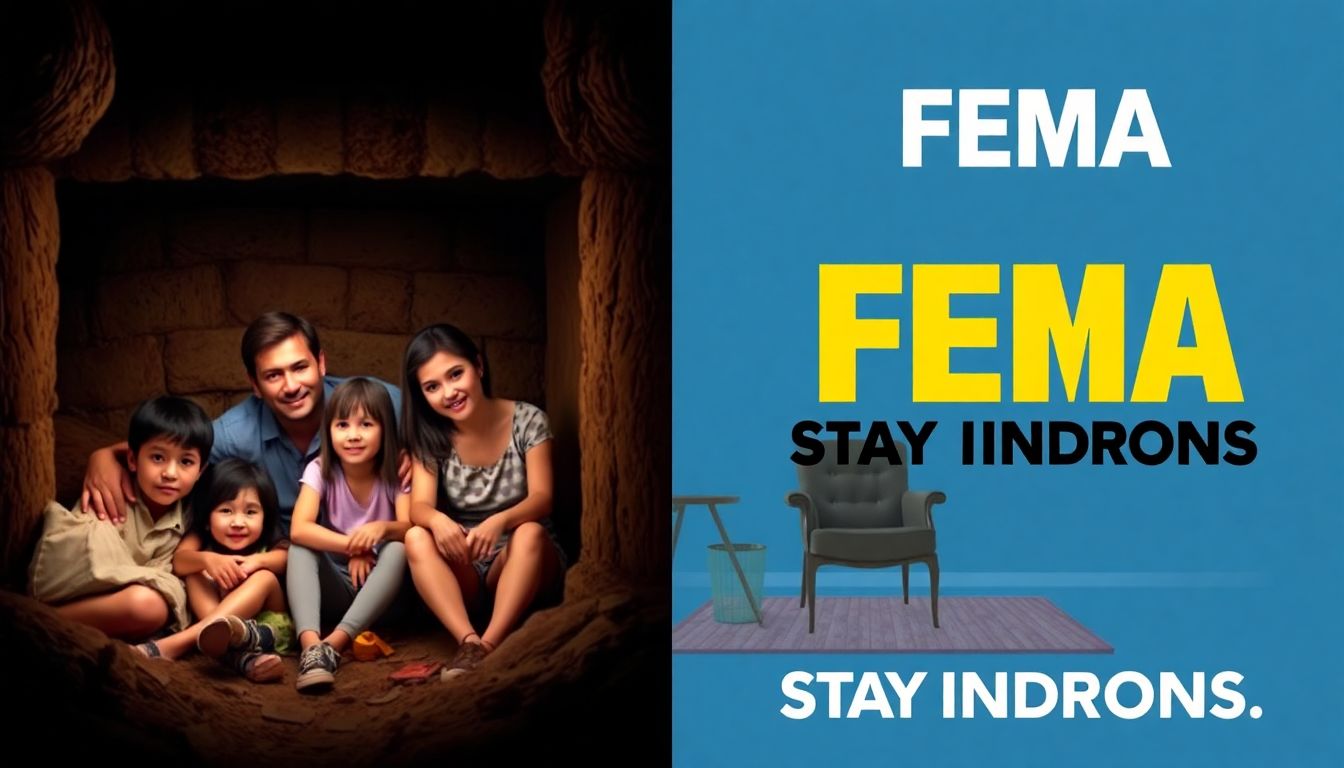
The Debate: Survival vs. False Security
The debate surrounding nuclear bunkers is a contentious one, with proponents advocating for their life-saving potential and critics arguing that they create a false sense of security. At the heart of this debate lies the question of whether nuclear bunkers truly offer a viable solution in the event of a nuclear disaster, or if they merely provide a psychological crutch that distracts from more pressing issues of prevention and diplomacy.
Critics of nuclear bunkers present several compelling arguments. Firstly, they contend that the construction and maintenance of these bunkers divert crucial resources away from more effective preventative measures. Moreover, there is a concern that bunkers foster a bunker mentality, where individuals become more focused on personal survival than on collective efforts to prevent nuclear conflicts. Additionally, critics point out that nuclear bunkers may not be as safe as advertised. The sheer destructive power of modern nuclear weapons, coupled with the potential for prolonged nuclear winter, calls into question the effectiveness of these shelters.
Despite these criticisms, proponents of nuclear bunkers argue that having a safe haven in the event of a nuclear catastrophe is better than having no plan at all. They highlight the following points:
- Bunkers provide a sense of preparedness and control in an otherwise uncontrollable situation.
- Advances in technology have made bunkers more resilient and better equipped to handle nuclear fallout.
- Bunkers can serve as a last resort for continuity of government and preservation of key personnel.
Government experts, however, often advise against relying on nuclear bunkers as a primary strategy. They emphasize the importance of international diplomacy, non-proliferation treaties, and global cooperation in preventing nuclear conflicts. Furthermore, they warn that the construction of bunkers can send a provocative message, escalating tensions rather than mitigating them. Instead, experts advocate for investing in early warning systems, robust emergency response infrastructure, and public education on nuclear safety.
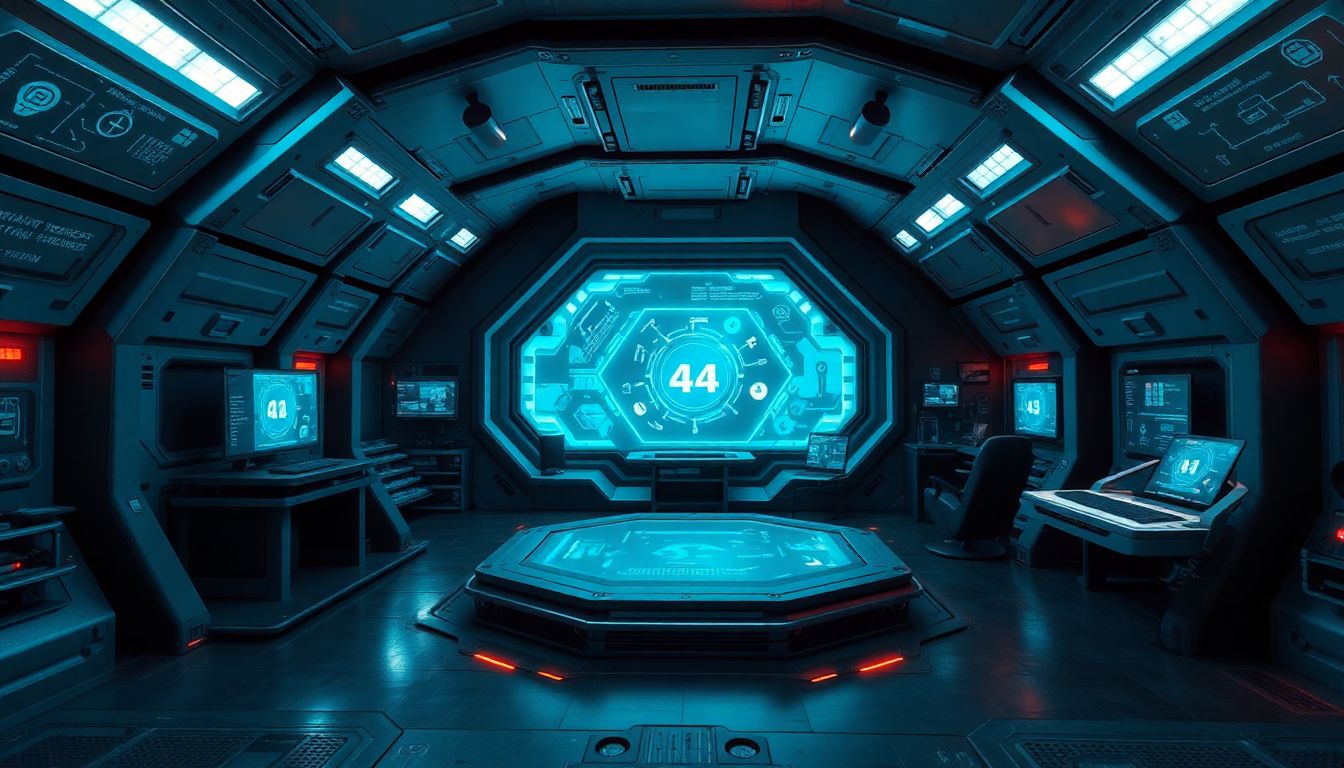
The Future of Bunkers
In the face of growing global uncertainties, the future of nuclear bunkers is poised for a dramatic evolution, shifting from the rudimentary shelters of the Cold War era to highly advanced and technologically integrated sanctuaries. As societal anxieties escalate, driven by factors ranging from political instability to environmental concerns, the demand for secure, elite shelters is on the rise.
Imagine descending into a state-of-the-art nuclear bunker in 2050. The heavy blast doors seal shut behind you, revealing a subterranean sanctuary that is a far cry from the stark, utilitarian spaces of the past. High-tech innovations will transform these spaces into self-sustaining ecosystems, complete with hydroponic gardens for food supply, advanced water purification systems, and renewable energy sources. The integration of vertical farming, AI-driven management systems, and even virtual reality environments to combat isolation-induced stress will be commonplace.
Moreover, these futuristic bunkers will be outfitted with cutting-edge medical facilities, ensuring that residents have access to top-tier healthcare even in the most dire of circumstances. Expect to see:
- Telemedicine capabilities, allowing for remote consultations with specialists worldwide.
- Automated surgical units, ready to perform emergency procedures.
- Cryogenic chambers, for those who wish to await a safer world in stasis.
These advancements will make nuclear bunkers not just places of survival, but of sustained living.
The nuclear bunkers of tomorrow will also prioritize connectivity, understanding that information is a lifeline in times of crisis. Equip with secure, redundant communication systems, residents will stay connected to the outside world, accessing news feeds, communicating with other shelters, and even remotely managing above-ground assets. Luxurious amenities such as theaters, gyms, and educational facilities will cater to the need for mental stimulation and physical well-being. The future of nuclear bunkers is not just about riding out the storm but maintaining a high quality of life while doing so.
FAQ
Why are people buying nuclear bunkers?
What are the key features of modern nuclear bunkers?
- Swimming pools
- Theaters
- Wine cellars
.



